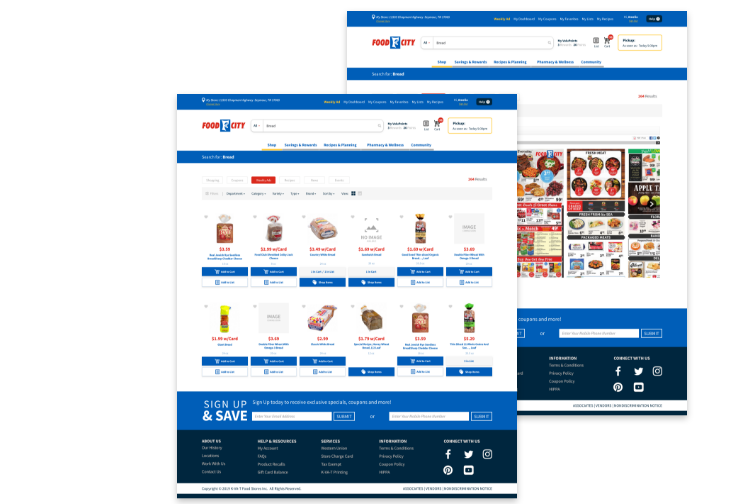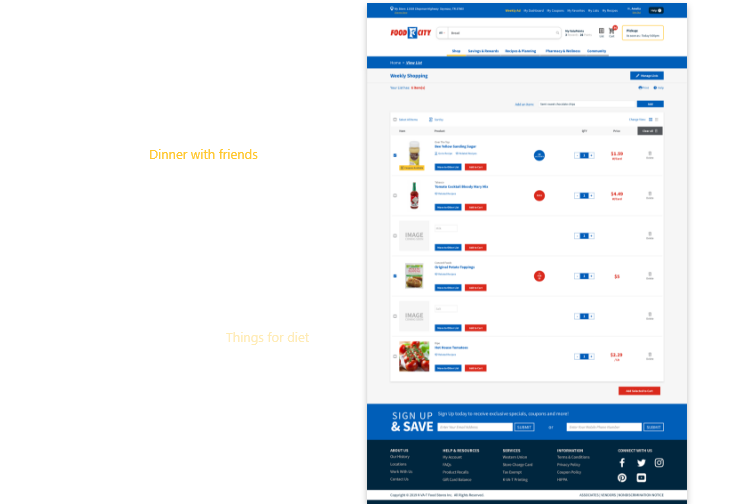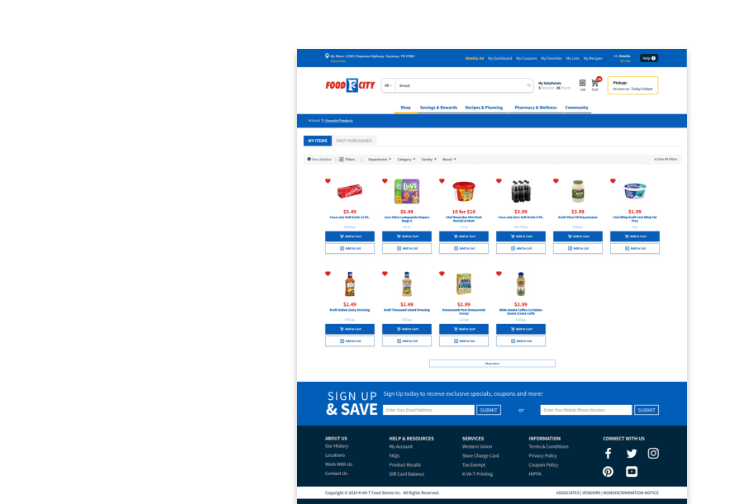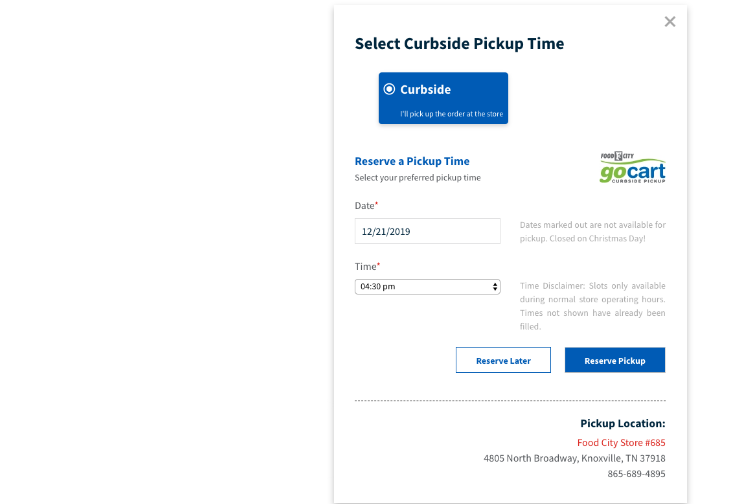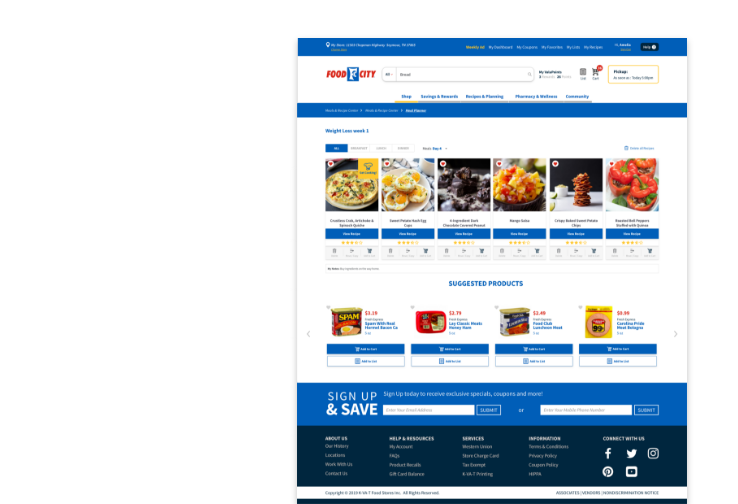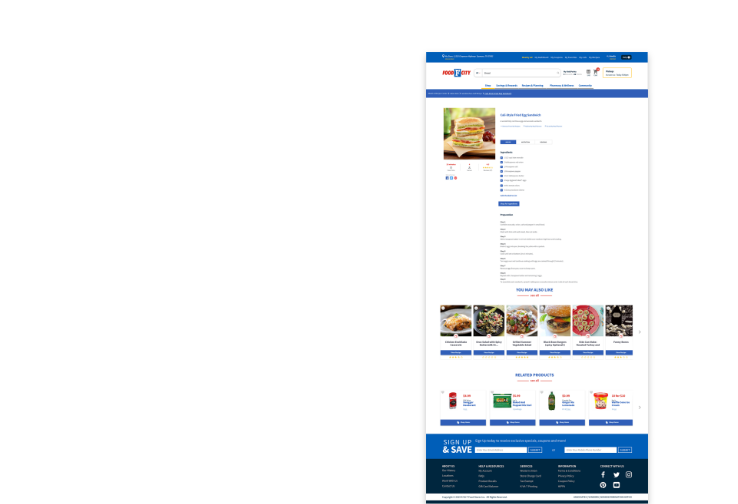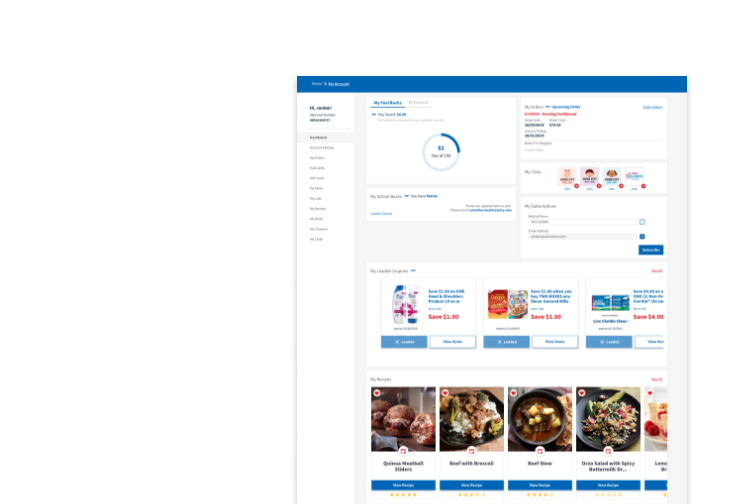
Wellness Club — Diabetes: General Info, Statistics, and Managing Blood Glucose
Abingdon, VA. -
Friday, Nov 1, 2024.
Written by: Rebecca Webb, PharmD, Pharmacy Clinical Services Manager
General information on diabetes:
What is diabetes? Diabetes is a chronic health condition that occurs when the body does not make enough or use properly a hormone called insulin. This hormone, released from the pancreas, allows glucose (i.e., sugar) from the food we eat to enter the body’s cells and be used as a source of energy. Insulin essentially lowers the amount of glucose in the bloodstream. In diabetics, due to the lack of insulin or proper insulin usage, there is excessive glucose in the blood.
What are the types of diabetes? In type 1 diabetes, the body stops making insulin. It can be diagnosed at any age, but usually develops during childhood or teen years. In type 2 diabetes, the body does not use insulin properly and cannot maintain blood glucose at normal levels. It is typically more common in adults older than 40 years of age, however more children and adolescents are developing this type of diabetes. Gestational diabetes occurs during pregnancy in women who have never had diabetes.
What are long-term complications of diabetes? Excessive glucose in the bloodstream can result in serious health issues over time. Long-term complications of diabetes include but are not limited to heart and blood vessel disease, nerve damage, kidney impairment, eye problems, foot issues, skin conditions, and hearing loss.
Statistics on diabetes:
• Approximately 38 million U.S. adults have diabetes. One out of every five of these adults are not aware they have diabetes.
• Diabetes is the number one cause of adult blindness, kidney failure, and lower-limb amputations.
• Diabetes is the 8th leading cause of death in the U.S.
• Over the last two decades, the number of adults diagnosed with diabetes has more than doubled.
• Each year, 1.2 million Americans are diagnosed with diabetes.
• Type 2 diabetes accounts for around 90-95% of all diagnosed cases of diabetes.
• Gestational diabetes affects 2-10% of pregnancies in the U.S. each year. Around half of women who have gestational diabetes will go on to develop type 2 diabetes.
Managing blood glucose:
For diabetics, it is important to try and keep blood glucose levels within a target range. This will help to prevent or delay serious health issues related to excessive blood glucose. Diabetics should follow provider recommendations on how often and when to check their blood glucose.
To check blood glucose levels, diabetics use a:
• Blood glucose meter (i.e., glucometer). This uses a small amount of blood, usually from the fingertip, to measure glucose.
• Continuous glucose monitor (i.e., CGM). This uses a sensor inserted below the skin to measure blood glucose.
Blood glucose targets are based on the individual diabetic. Typical targets are 80 to 130 mg/dL before a meal and less than 180 mg/dL two hours after the start of a meal.
Blood glucose is considered low when it drops below 70 mg/dL. This is called hypoglycemia, and it can be very serious. Situations that can cause low blood glucose include skipping or delaying a meal, certain diabetes medications, too much insulin, increased physical activity, and drinking alcohol. Common signs and symptoms of low blood glucose can include feeling lightheaded or dizzy, irritability, confusion, rapid heart rate, hunger, nausea, feeling weak, blurred vision, sweating, nervousness, headaches, pale skin, or feeling sleepy. Diabetics must know how to quickly handle situations involving low blood glucose. Treatment includes following the 15-15 rule:
• Consume 15 grams of fast-acting carbohydrates and then wait 15 minutes.
• Recheck blood glucose. If it is still less than 70 mg/dL, then repeat this process until blood glucose is back within target range.
• After treating a low blood glucose episode, consume a balanced snack or meal containing carbohydrates and protein.
• For the 15-15 rule, it is imperative to absorb sugar as quickly as possible. Avoid foods high in fiber and fat, which can slow down absorption of sugars. It is recommended to keep on hand glucose tablets (e.g., TopCare health™ Glucose Tablets– follow package instructions), glucose gel (e.g., Glutose15™ - follow package instructions), fruit juice (1/2 cup), non-diet soda (1/2 cup), sugar (1 tbsp.), honey (1 tbsp.), or candy (~ 6 pieces).
• If blood glucose drops severely low (i.e., 55 mg/dL), it may require injectable glucagon (available by prescription). It is important for diabetics to discuss the need for glucagon kits with their providers.
Ways to help manage blood glucose:
• Maintain a healthy weight.
• Choose healthy foods lower in calories, saturated fat, sugar, and salt.
• Eat at consistent times and do not skip meals.
• Exercise regularly and find ways to be active throughout the day.
• Limit alcohol intake.
• Keep a daily record of blood glucose levels, food and drink intake, and physical activity.
• Take medications as prescribed.
Stop by one of our Food City Pharmacies and talk with our knowledgeable pharmacists. They are happy to assist with your diabetes related questions or concerns.
References:
1. Diabetes. U.S. Centers for Disease Control & Prevention (CDC) website. https://www.cdc.gov/diabetes/index.html. Accessed September 30, 2024.
2. American Diabetes Association website. https://diabetes.org/. Accessed October 3, 2024.

